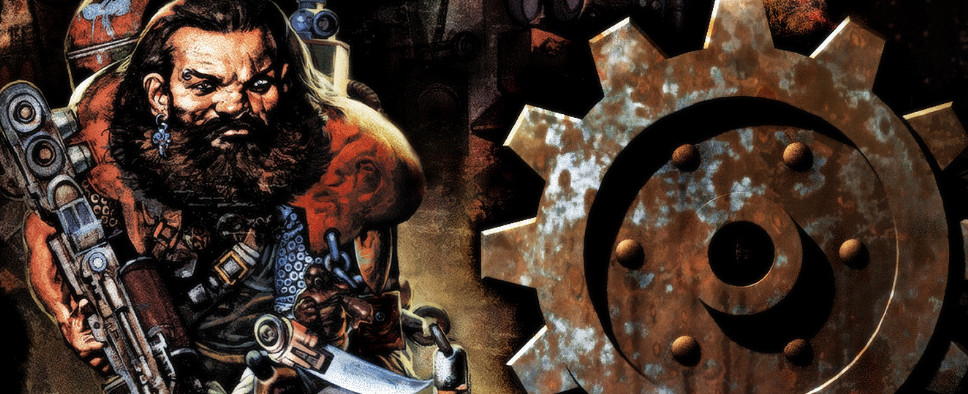GB Feature: Chad Moore Interview
-
Category: News ArchiveHits: 2758

GB: You’ve been in the video game industry for over two decades and in that time, you wore plenty of hats. Cinematics, voice acting direction, programming, writing and world building. Can you tell me a bit about how you got into the industry and how you’ve managed to acquire such a varied skillset?
Chad Moore: That’s a pretty long story, but I’ll do my best to summarize the high points. Back in the early 90’s, I got some experience using a 3D package called Alias – and I leveraged that knowledge (in conjunction with what might be the worst demo reel in recorded history) to land a job at Brian Fargo’s Interplay in 1995. While there, I worked on a PS1 game called Red Asphalt (which was originally meant to be the sequel to the Rock-n-Roll Racing) modeling cars and environments. I also decided that this fun little racing game required extensive backstory, lore, and character development – parts of which eventually ended up taking up more than half of the game’s manual. This was an omen of things to come.
Being at Interplay, and by extension Black Isle studios, I was around some of the industry’s most skilled RPG makers. That’s where I met Leonard Boyarsky, Jason Anderson and Tim Cain (the original creators of Fallout) – which eventually led me to Troika Games where I really developed my RPG chops working on games like Arcanum and Vampire, along with continuing to hone my skill as a 3D artist. After a brief stint as a Lead Character Artist at Treyarch Studios, I joined Carbine Studios - where I was reunited with many of my old colleagues from both Interplay and Troika to help them create the game world and narrative for WildStar, an MMO that released in 2014. At that point, I decided to break completely from my career as an artist, and focused solely on my skills as a designer, world-builder, and storyteller.
Fast forward to 2019, and I join the team at inXile – where I’ve once again joined forces with both Brian Fargo and Jason Anderson to lead the team that’s creating the company’s next-gen RPG. Needless to say, I’m very much enjoying my new gig.
...
GB: Now, let’s move on to some of your other projects. While you were still at Troika, you had a hand in making Vampire: The Masquerade - Bloodlines happen. And once again, it looks like you were involved in pretty much everything from character art to the game’s main story. What are some of your favorite memories about that project?
CM: Bloodlines was such a great project. I remember meeting with the guys from White Wolf to talk about the WoD, and then getting a huge box full of all the source material to dive into. I remember meeting Gabe Newell up at Valve and talking about how could we use the source engine to create our world. Lots of late nights with Leonard and Jason talking about the best ways to translate the VtM systems into the game. About what city the game should take place in. About the kinds of music that best represented the game’s vibe. Creating the first prototype with Jeanette, an alleyway, and a creepy basement (parts of which showed up in Gimble’s Prosthetics years later). Writing the game’s main story arc. Creating the Malkavian’s language. Modeling characters like the Nosferatu, the Tzmisce, and the Werewolf. Directing voice over and hearing our characters come to life through talented folks like John DiMaggio, Courtenay Taylor and Gray DeLisle. Watching a coven of dominatrix vampires spank fans with a leather horsewhip on the show floor at E3. Those were just a few of the highlights. But the best part was that we had a great group of devs who really cared about making a cool game. Many of us still keep in touch to this day.

